-
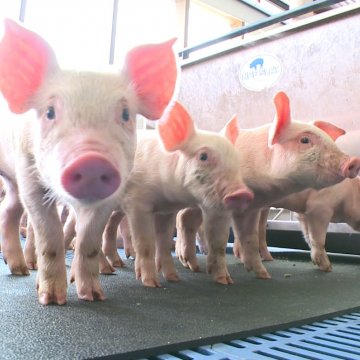
AS CORONAVIRUS HOG BACKLOG SHRINKS, FARMERS SHOULD SEE HIGHER PRICES
Hog farmers struggled with a coronavirus-caused backlog of market-ready hogs that peaked at 3.5 million head at the end of May, forcing them to cull some and slow weight gain on others. The backlog remains large, but Purdue economist Jayson Lusk says farmers may see “possibly elevated hog prices”...Read more -
UGANDA REVERSES FOREST DESTRUCTION BY INVITING IN … LOGGERS
KALAGALA, Uganda, Sept 17 (Reuters) – For decades, farmers hungry for land and families needing firewood whittled away at Uganda’s forests, home to endangered gorillas, elephants and chimpanzees. Now the decline has reversed, thanks to a government policy that relies on loggers to hel...Read more -
UPDATE 1-UGANDA SPRAYS LOCUST SWARMS TO PROTECT COFFEE CROP, LIVESTOCK
KAMPALA, Feb 10 (Reuters) – Uganda has started to spray swarms of desert locusts that invaded over the weekend, posing a major threat to livestock and key crops such as coffee, a government official said on Monday. The plague of locusts has already caused extensive damage to pastures and cr...Read more -
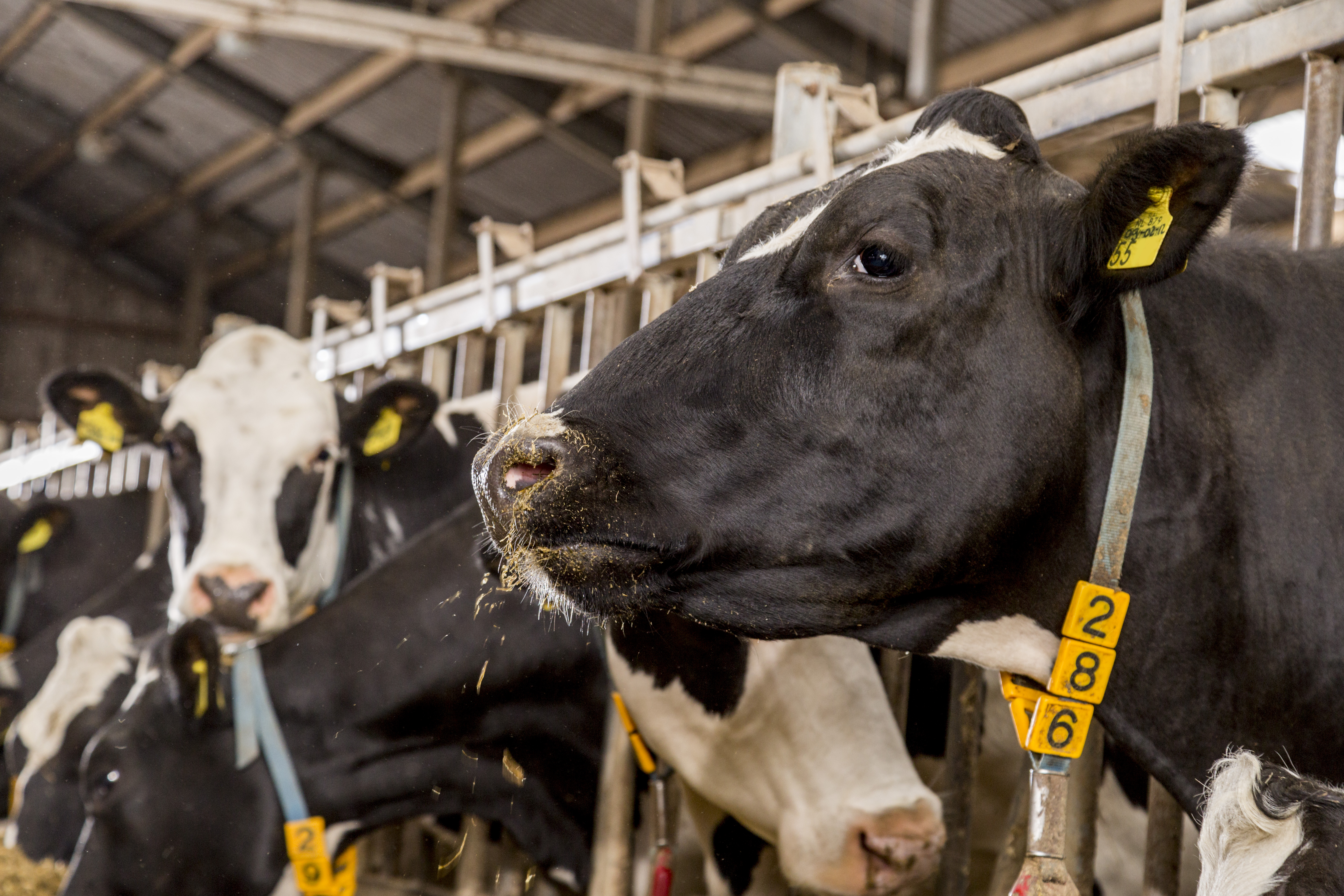
7 Research Takeaways: Rethinking sulfate sources of trace minerals in animal feed
Trouw Nutrition is sharing global research findings that show the source of trace mineral affects dairy cow performance. The “Time to Rethink the Use of Sulfates in Dairy Rations” presentation draws on research conducted internally and with multiple universities, writes Davi Brito de Araujo, mana...Read more -
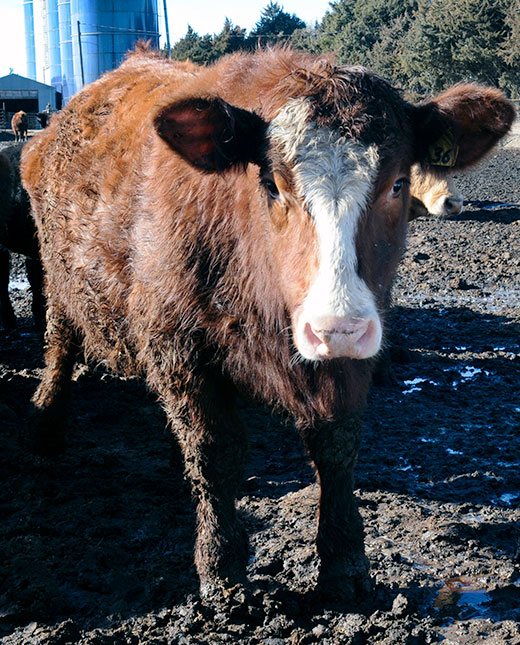
Proper hoof care can prevent foot rot in cattle
Sores on the feet can sure make a person feel miserable not to mention making it hard to walk. The same can be true of cattle when they develop foot rot in the crevasse between their toes, causing some of them to become lame according to the veterinarians at the Beef Cattle Institute, writes Kans...Read more -
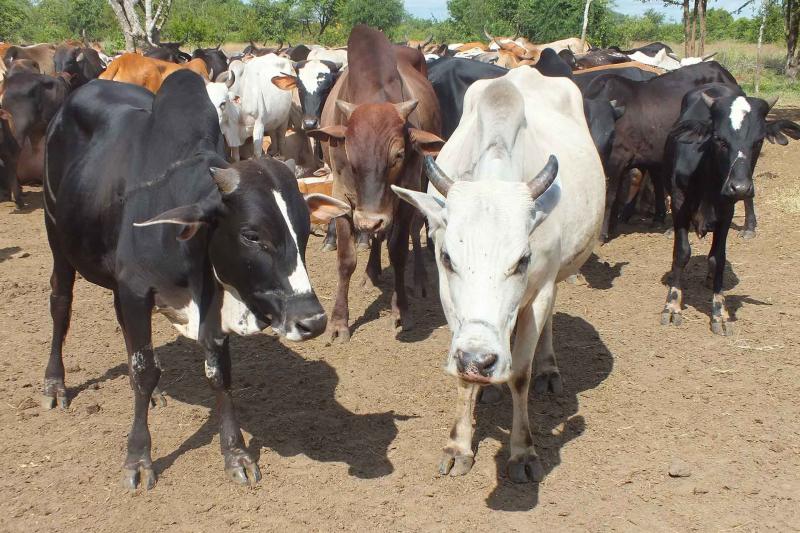
Pirbright develops universal foot-and-mouth disease virus test
A diagnostic test that can detect whether an animal has been infected by or vaccinated against any type of foot-and-mouth disease virus (FMDV) has been developed by scientists at The Pirbright Institute and Istituto Zooprofilattico Sperimentale della Lombardia e dell’Emilia Romagna (IZSLER)...Read more -
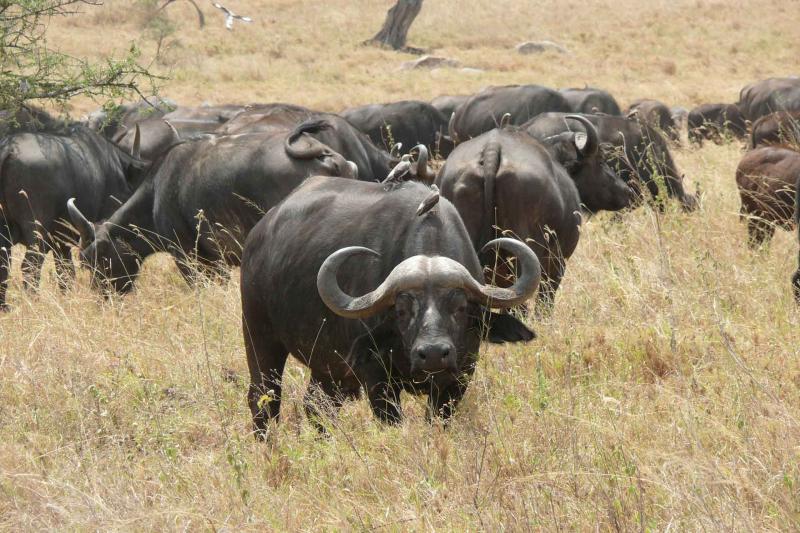
Persistently infected African buffalo not a likely cause of new FMD outbreaks say Pirbright scientists
Scientists at The Pirbright Institute have shown that African buffalo persistently infected with foot-and-mouth disease (FMD) are unlikely to be the source of new outbreaks in other buffalo and cattle. African buffalo do not usually present any clinical signs of infection and can carry FMD for ye...Read more -
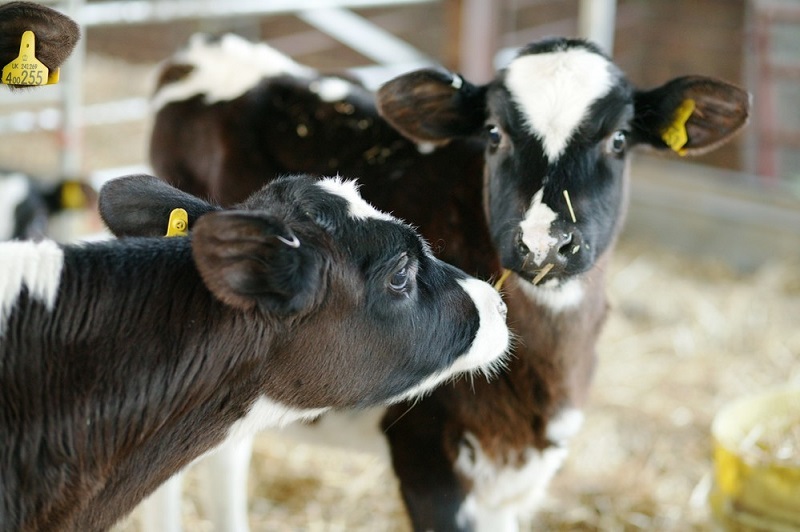
New research into £250 million problem of lameness in dairy cows launched
A new study plans to shed light on the causes of lameness and reduced mobility in dairy cows. This issue currently costs the UK dairy industry £250 million a year as over half of UK cattle are affected.The ground-breaking project will be a collaborative effort between the Royal Veterinary College...Read more -
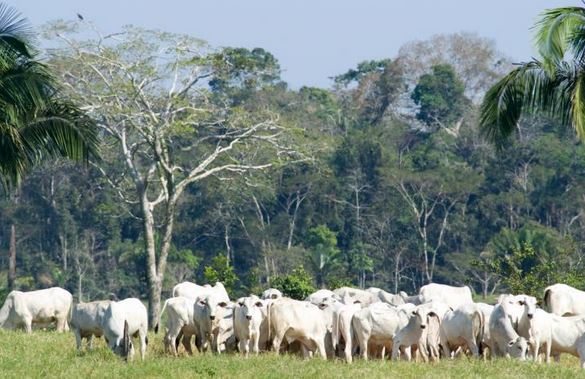
Namibia restricts cattle grazing in Angola due to FMD outbreak
Namibia said that it had temporarily banned the cross-border movement of cattle into and out of northern neighbour Angola due to an outbreak of highly contagious foot and mouth disease. The disease, which causes lesions and lameness in cattle and sheep, was detected in the Ndiyona Constituency in...Read more -
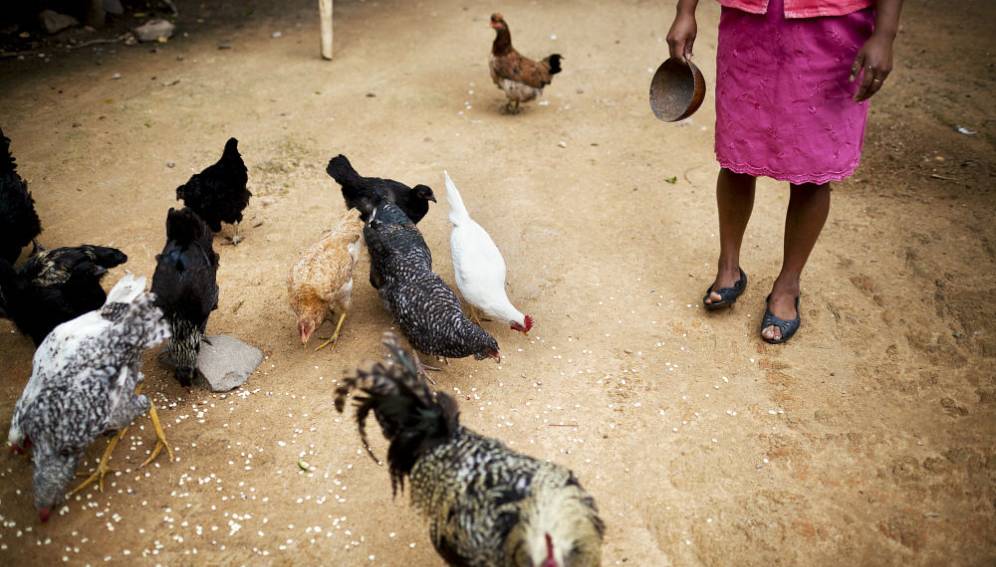
Keeping animals out of home key to improved nutrition
Improved housing with piped water and keeping animals out of the home may be the key to improving childhood nutrition, a study suggests. According to the 2017 WHO Africa Nutrition Report, 58.5 million children suffered stunting— being too short for one’s age — in 2016. The WHO global targets incl...Read more -
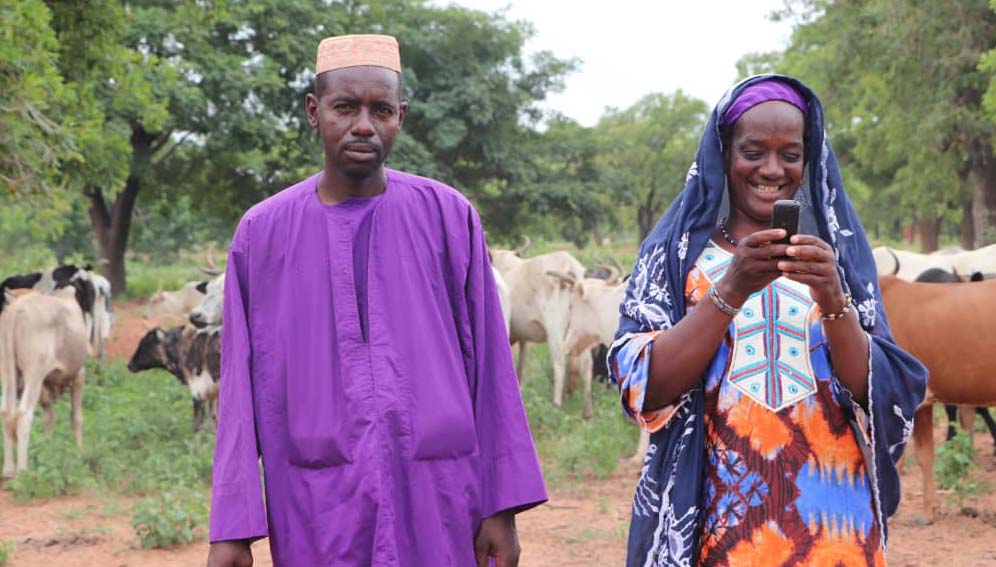
Herders avoid violence and drought with satellites
Before climate change and conflict took hold, nomadic farmers in Burkina Faso would study natural phenomena to predict rainfall. They would send out spotters to travel ahead of the group, looking for water and pastures. But their way of life has come under threat in recent years. Pastoralist advi...Read more -
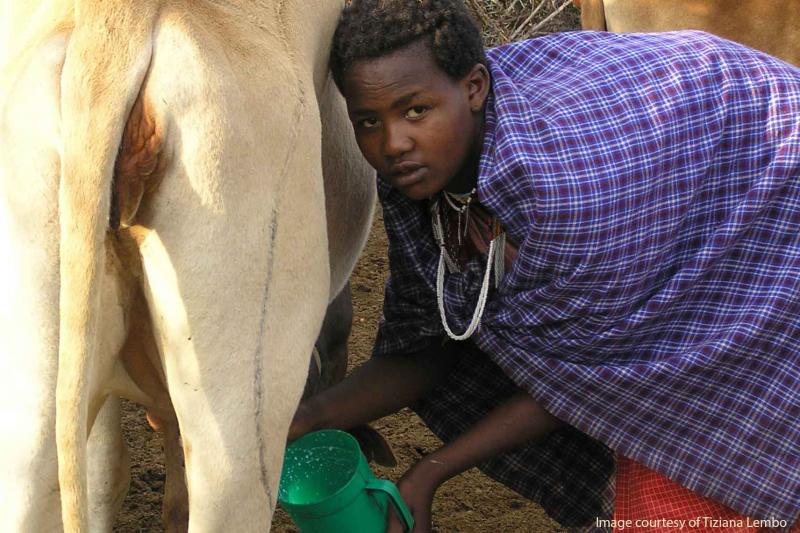
Enhance FMD surveillance by testing milk samples in the field
A follow-on study by scientists at The Pirbright Institute and the University of Glasgow has demonstrated that milk samples collected in the field can be used successfully to recognise cattle infected with foot-and-mouth disease virus (FMDV). This method was used in Tanzania, where the disease is...Read more -
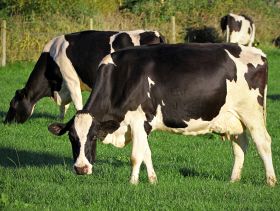
Dairy farmers laud President on VAT exemption for animal feed
Farmers in dairy sector, under the auspices of Commercial Dairy Ranches Association of Nigeria (CODARAN) has backed President Muhammadu Buhari on his request to the National Assembly to exempt animal feeds from the list of items that would attract payment of the Value Added Tax (VAT). President B...Read more -
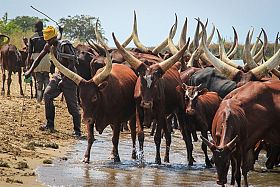
Cold chains help mitigate the COVID-19 food crisis lessons from Uganda
COVID-19 has disrupted food supply chains around the world, doubling the number of people at risk of acute food shortages and insecurity. However, certain supply chain characteristics – including the use of cold storage – can help mitigate this and future crises. Preliminary research ...Read more -
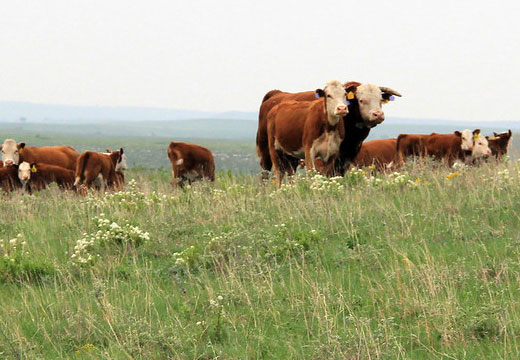
Caring for bulls during the breeding season
Just as an athlete can experience an injury in competition, so too can a bull when he is turned out in a breeding pasture where his athleticism is going to be tested. “Bulls will be the busiest in the first month of the breeding season when there are a lot of females coming into heat (estrus),” s...Read more -
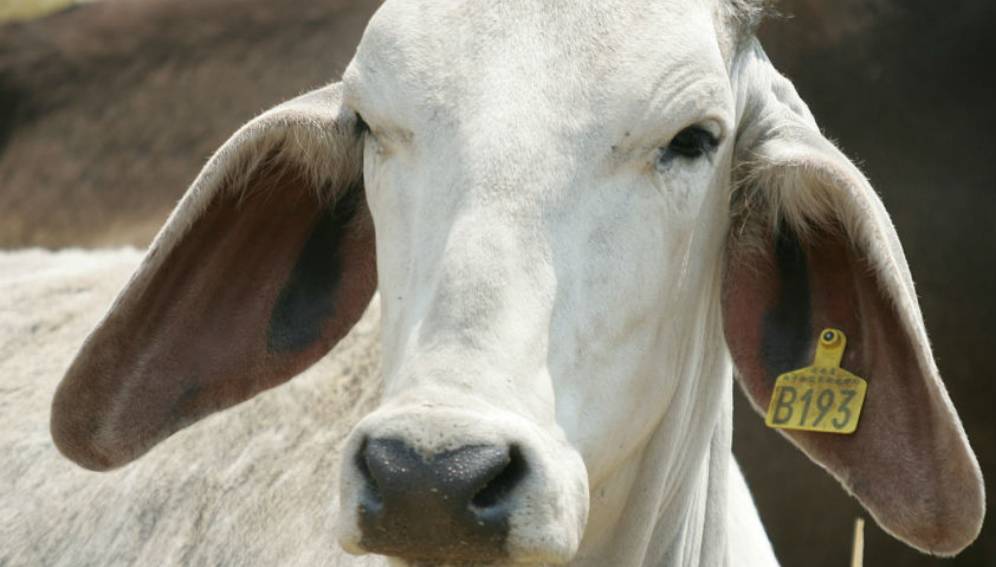
Animal health needs partnerships for vaccine delivery
Lessons from rinderpest eradication could help fight a similar, contagious livestock disease, writes Delia Grace. As they sang and told stories around the fire, pastoralists in Karamoja, Uganda, spoke of herders before them who had lost hundreds of cattle to rinderpest, a deadly viral disease. Or...Read more -
Aberystwyth University scientists working on bovine TB breakthrough
As published in the July 17 issue of Science Advances, two skin tests for cattle have been developed that can distinguish between animals that are infected with bovine TB and those that have been vaccinated against the disease. The combination of the essential proteins which enable the differenti...Read more -
Stand out from the herd how cows commooonicate through their lives
Farmers might finally be able to answer the question: How now brown cow? Research at the University of Sydney has shown that cows maintain individual voices in a variety of emotional situations. Cows ‘talk’ to one another and retain individual identity through their lowing. Studying a herd of 18 ...Read more -
‘New’ lactic acid bacteria can make African camel milk safe
A research project headed by the Technical University of Denmark, DTU, has come up with the formula for a freeze-dried starter culture that African camel milk farmers can use to make safe, fermented milk products. The majority of the world’s camels are located in East Africa, where they are...Read more -
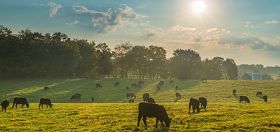
Feeding the Future with Beef Cattle – a Sustainable Approach to Responsible Food Production
Analysis of ruminant animals’ biological processes, production practices in various regions of the globe and environmental issues such as greenhouse gas emissions all suggest opportunities to mitigate livestock production’s impact on the environment. Concerns about climate change have given rise ...Read more -
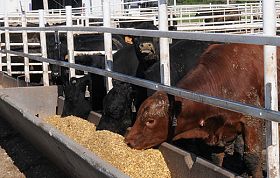
Economist reviews shocks to beef industry with implications for prices ahead
The beef cattle industry has already experienced three big “shocks” this year and the effects are ongoing, but have been blunted to some extent, according to a Kansas State University agricultural economist. The first jolt came in mid-March when the COVID-19 pandemic sparked stay-at-home orders i...Read more -
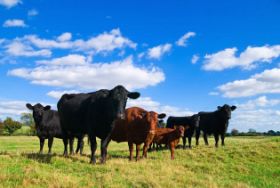
Beef Production Insights on Carbon, Methane and Feeding the Future
Today’s climate change conversation often references gains in carbon emissions without discussing the source and function of the emission, writes Javier Martín-Tereso, Manager Ruminant Research Centre at Trouw Nutrition, a Nutreco company. Fossil fuels stem from geologic reserves used for ...Read more -
Sugar promotes sperm longevity in pig reproductive tract
For many livestock species, artificial insemination (AI) is standard. But it can be tricky to achieve success the first time, thanks to variability in ovulation timing across the herd. Sperm remains viable for a day or two once they reach the oviduct, the tube connecting the uterus with the ovari...Read more -
Gene-edited livestock ‘surrogate sires’ successfully made fertile
For the first time, scientists have created pigs, goats and cattle that can serve as viable “surrogate sires,” male animals that produce sperm carrying only the genetic traits of donor animals. The advance, published in the Proceedings of the National Academy of Sciences on Sept. 14, ...Read more

